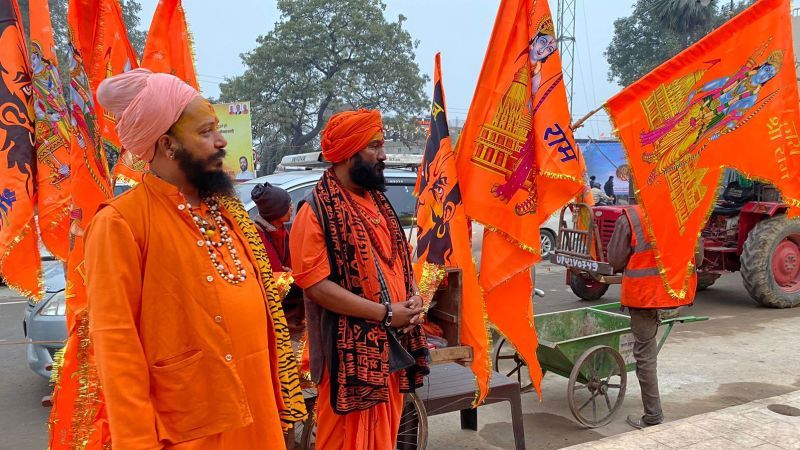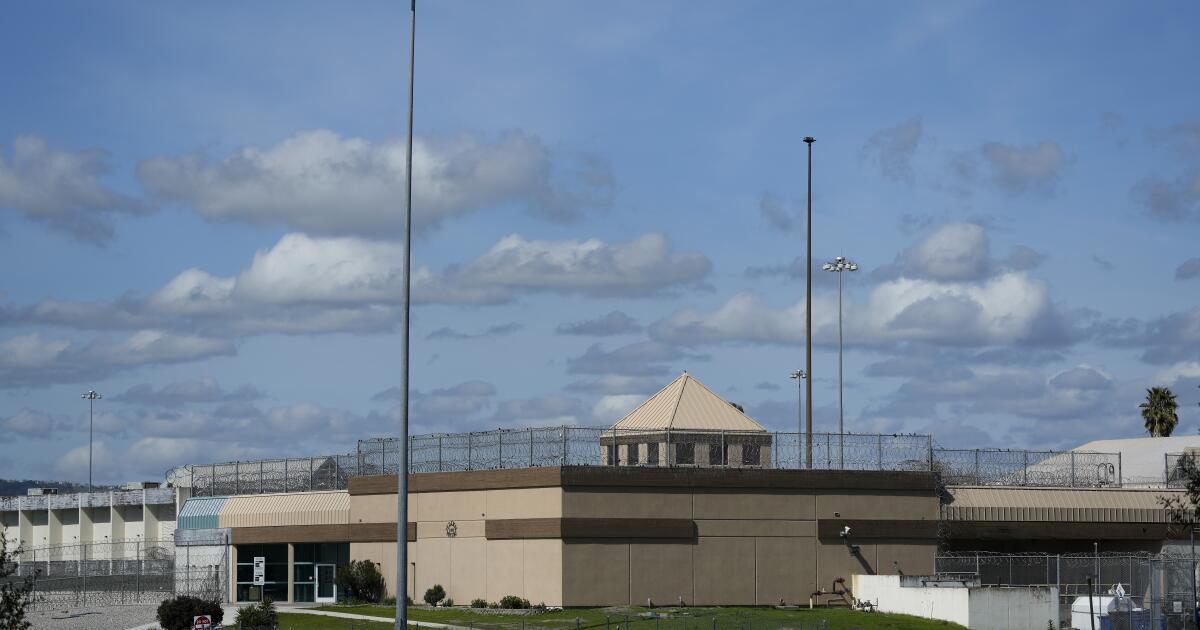The chief minister of the state of Uttar Pradesh, where Ayodhya is located, has called the Ram Mandir the “national temple” of India and one that celebrates the “pride” of the country.
“Indian society maintained restraint, but the decision to build a temple continued to grow stronger,” Yogi Adityanath, the controversial monk-turned-politician, told thousands of guests outside the Ram Mandir. “Now everyone wants to come to Ayodhya.”
“This is the victory of public faith and trust, the restoration of India's pride… The establishment of Shri Ram Janmabhoomi is an important ritual of India's cultural awakening. “This is a national temple.”
Adityanath has ruled India's most populous state since 2017, when Modi's Bharatiya Janata Party (BJP) named him its leader after claiming victory in that year's state elections.
But the appointment of Adityanath, a Hindu priest, indicated to some experts that it was another sign of the BJP's Hindutva ideology, which strives to make secular India the land of the Hindus.
Since then, Adityanath has become one of the most polarizing political figures in the country.
Since he took office, the state has already passed legislation that critics say is rooted in Hindutva ideology. has protected cows, an animal considered sacred to Hindus, from the slaughterhouse, and made transportation of livestock increasingly difficult.
Adityanath has been a strong supporter of the construction of the Ram Temple and attended the consecration ceremony inside the building.
Meanwhile, the head of the Rashtriya Swayamsevak Sangh (RSS), the right-wing parent organization of the BJP, declared that the temple “has become a symbol of a new India that will stand tall.”












